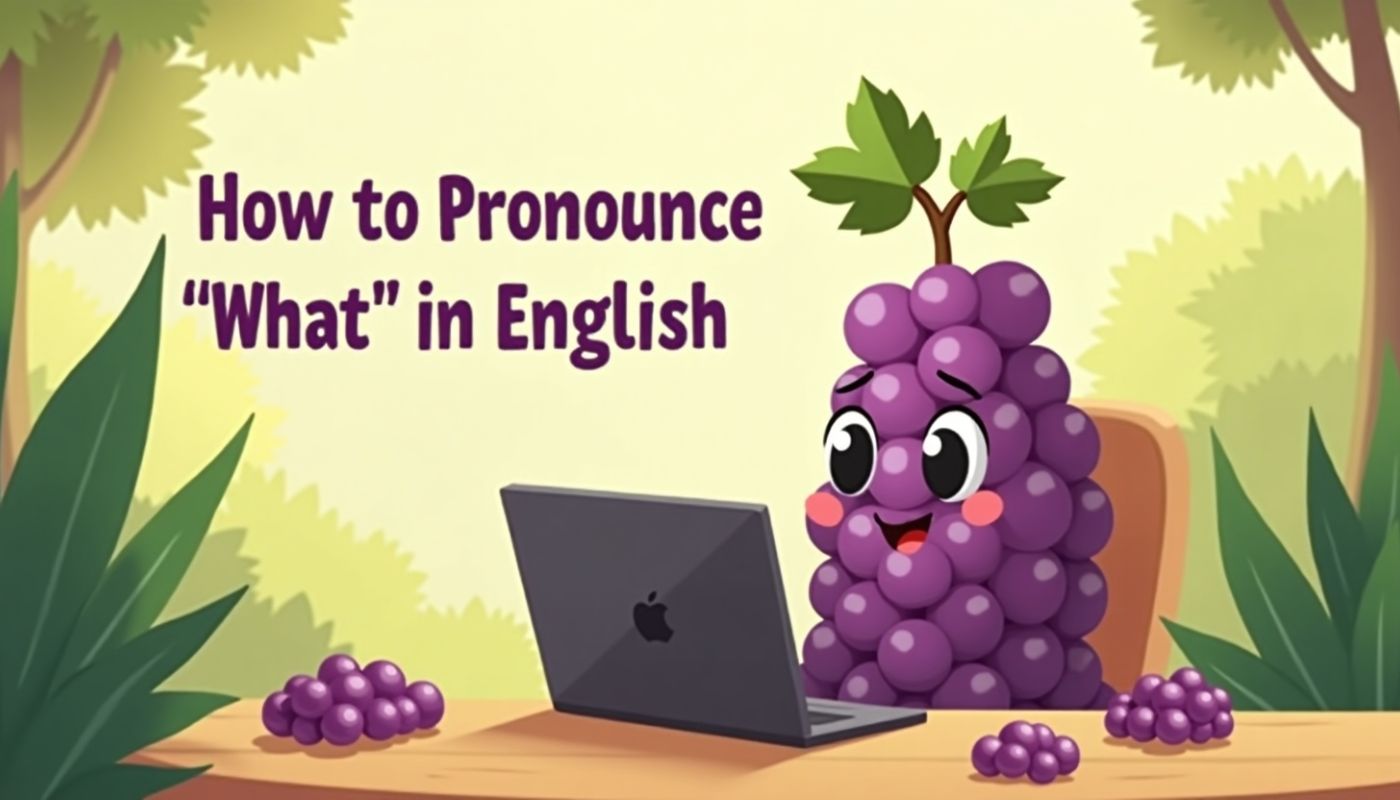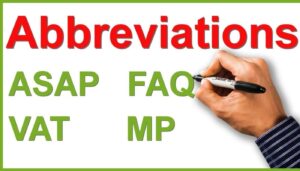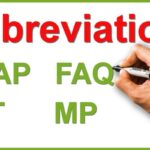Have you ever found yourself wondering how to pronounce the word “what” correctly in English? You’re not alone! Whether you’re a non native English speaker or someone trying to refine your pronunciation, getting this seemingly simple word right can be a challenge.
Pronunciation of everyday words often varies across accents, regions, and even situations. But don’t worry this guide will break down how to pronounce “what” clearly and confidently, offering tips for all levels of learners.
In this article, we’ll explore 30 ways to pronounce “what” in different contexts and accents, providing a comprehensive look at the sounds, variations, and nuances that can help you navigate this tricky word.
The Basics: Pronouncing “What” in Standard English
First, let’s start with the most basic pronunciation of “what.” It’s essential to know how to pronounce it clearly and correctly, as it’s a staple word in everyday conversation.
1. The Standard American English Pronunciation
In standard American English, “what” is typically pronounced with the following sounds:
- /wɑːt/ or /wʌt/ (depending on the region)
Breaking it down:
- The “w” sound is made by rounding the lips while voicing out the letter “w.”
- The vowel sound can be either the “ah” sound (as in “father”) or the “uh” sound (as in “cup”), depending on the speaker’s accent.
- The final “t” is usually pronounced clearly, especially in more careful speech.
Example: “What are you doing?” (Here, the pronunciation will likely be /wɑːt/ in most American accents.)
2. The Standard British English Pronunciation
In British English, “what” is often pronounced as:
- /wɒt/
Breaking it down:
- The “w” sound remains the same as in American English.
- The vowel sound changes slightly to the short “o” sound (similar to the one in “lot” or “hot”).
- The final “t” is still pronounced, but it can sound slightly softer compared to American English.
Example: “What time is it?” (You might hear this as /wɒt/ in most British accents.)
Exploring Regional Variations
Just as “what” can be pronounced differently across countries, it also varies widely within regions. Let’s take a closer look at how this word is pronounced in different parts of the world.
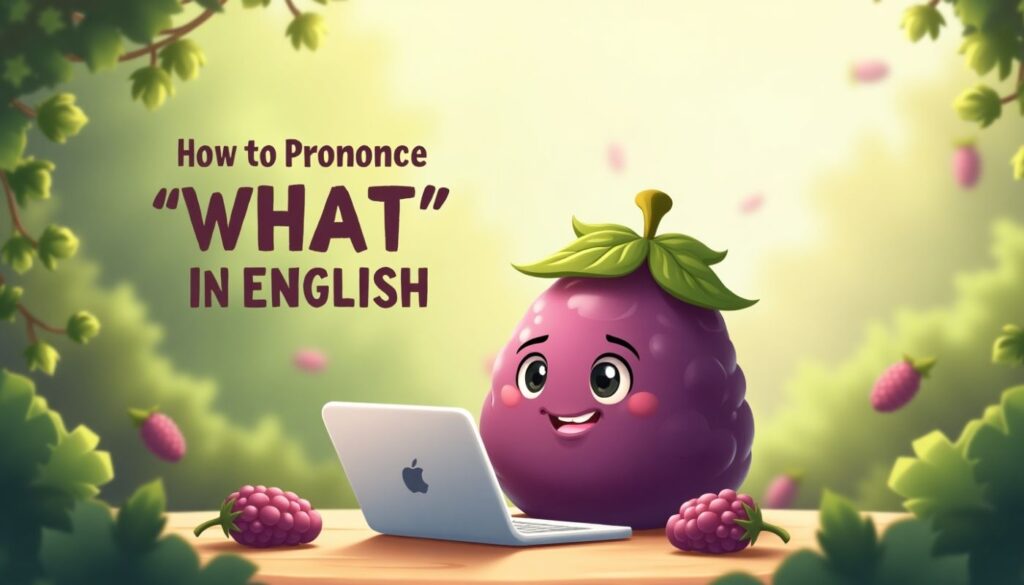
3. Australian English
In Australian English, “what” might sound more like:
- /wɒt/ or /wʌt/
Breaking it down:
- The vowel sound in Australian English tends to lean more toward a short “o,” similar to the British version.
- The final “t” is often less emphasized in rapid speech, though still heard.
Example: “What’s going on?” (In Australia, you may hear this pronounced more like /wɒt/ in everyday conversations.)
4. Cockney Accent
In Cockney, a famous London dialect, the word “what” often undergoes a change that sounds like:
- /wʌʔ/
Breaking it down:
- The “t” sound is dropped or replaced with a glottal stop (a quick pause in the throat).
- This accent tends to drop the “h” sound as well, so it sounds more like “wuh.”
Example: “What do you want?” may sound more like “Wuh do you want?” in Cockney.
5. Southern American English
In Southern American English, you may notice a shift where “what” sounds like:
- /wʌʔ/
Breaking it down:
- The vowel sound stays similar to the short “uh” sound as in “cup.”
- Like Cockney, the “t” may be replaced with a glottal stop in rapid speech.
Example: “What’s going on?” may sound like “Wuh’s goin’ on?” with a soft “t.”
Contextual Variations in Pronunciation
Sometimes, the way we pronounce “what” depends on the context of the sentence and the speed at which we speak.

6. In Casual Speech
In rapid, informal conversations, “what” can lose some of its clarity. Here’s how:
- The vowel might get shortened further.
- The “t” might sound softer or even be completely omitted in some accents.
Example: “What do you think?” could sound more like “Wha’ do you think?” in relaxed speech.
7. Emphatic Pronunciation
When you want to emphasize “what,” the pronunciation may become more distinct:
- The “t” is more clearly articulated.
- The vowel may be elongated for emphasis.
Example: “What do you mean?” when stressed could sound more like “Whaaat do you mean?” with a drawn-out “a” sound.
8. In Questions vs. Statements
In questions, “what” often receives more attention and clarity. In statements, the word may blend in with the surrounding words, sounding quicker and less defined.
Example:
- Question: “What did you say?” (/wɑːt/ or /wʌt/)
- Statement: “I heard what you said.” (/wʌt/ with a softened “t”)
Helpful Tips for Clear Pronunciation
To make sure you’re pronouncing “what” correctly, here are some practical tips:
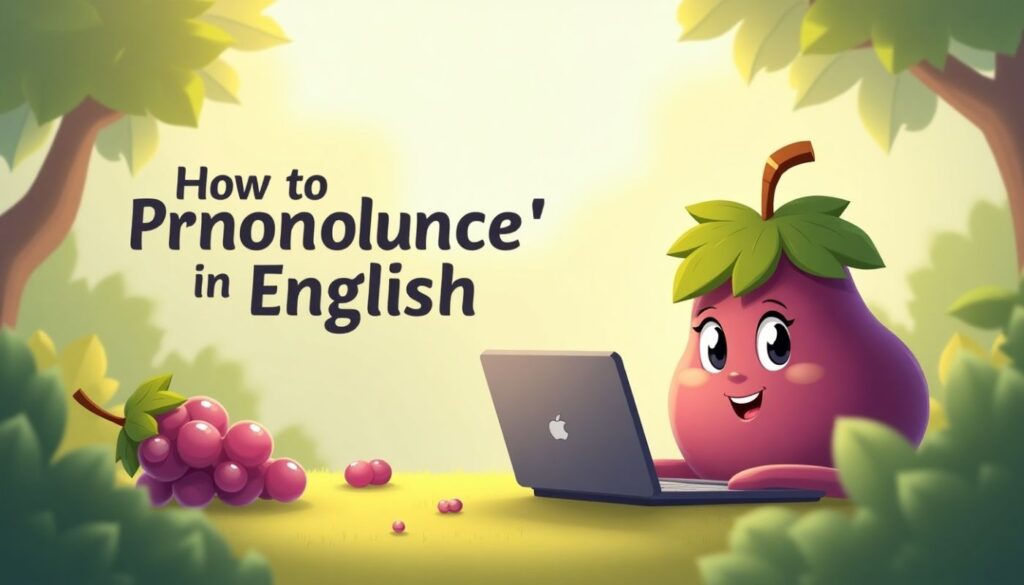
- Practice with varied accents: Listening to different speakers from various regions can help you understand the nuances of pronunciation.
- Enunciate when speaking clearly: In professional or formal settings, focus on clearly pronouncing the “t” sound.
- Pay attention to context: When speaking casually, it’s okay for “what” to lose some of its clarity, but in formal speech, it should be pronounced more distinctly.
- Record yourself: Listening to recordings of your own speech can help you identify areas where you may want to adjust pronunciation.
Conclusion: Embrace the Variety!
In conclusion, learning how to pronounce “what” is an exciting journey because it’s a word that varies so much across different accents and contexts. Whether you’re speaking American English, British English, or any other variant, the key is to listen carefully and adjust based on the situation.
Remember, pronunciation isn’t just about getting it “right” in a technical sense—it’s about being understood and connecting with others. So next time you say “what,” embrace the variety of ways it can be pronounced, and feel confident knowing you’re adding to the rich tapestry of English accents!
